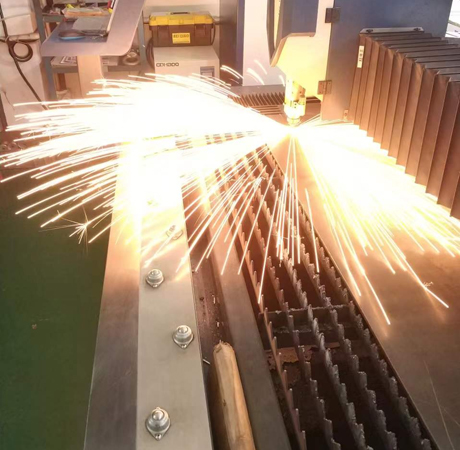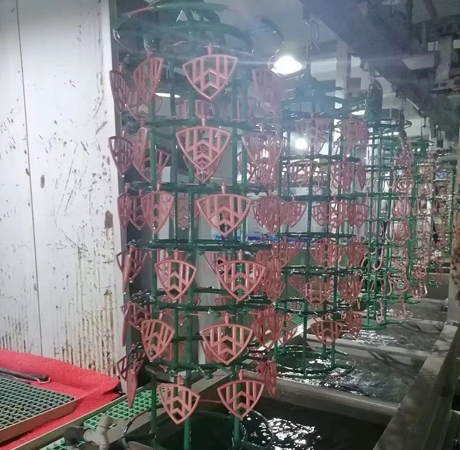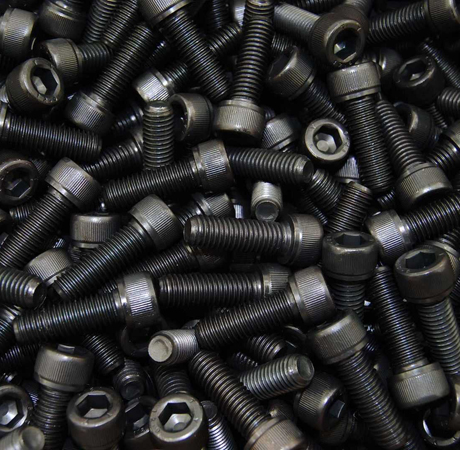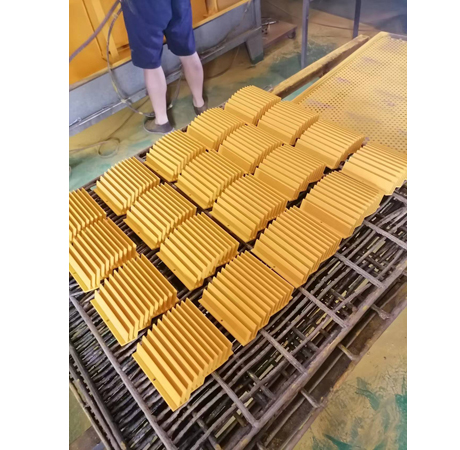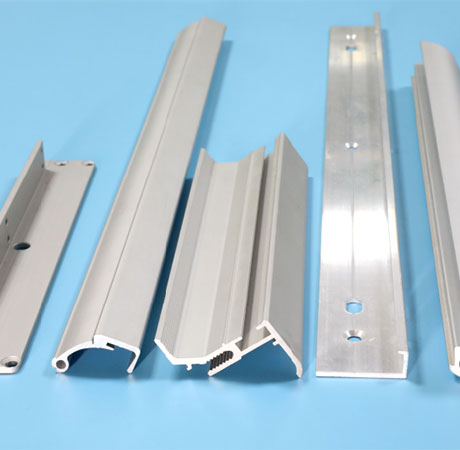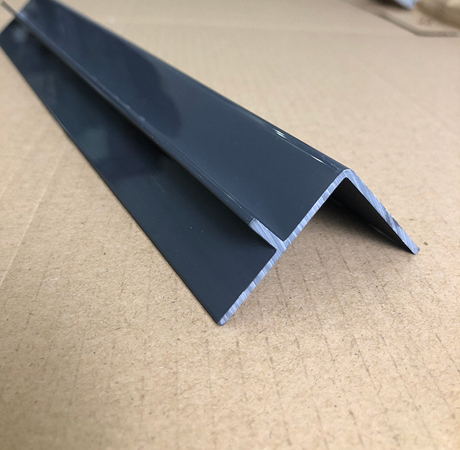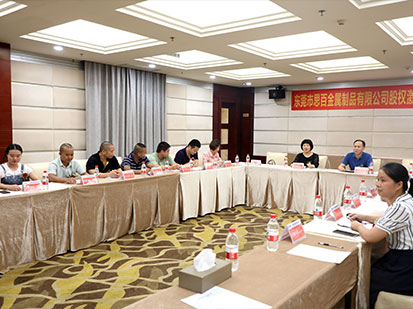What Are the Factors That Affect the Effect of Electrophoresis?
Concentration
Usually the concentration of electrophoretic paint solution varies according to the properties of pigments and fillers. The content of glossy paints is less, and the concentration can be reduced. On the contrary, the proportion of pigments and fillers is higher, and the physique is heavier, the concentration is selected higher. Generally the concentration of electrophoretic paint is 10%~15%. Concentration has a great influence on the amount of electrodeposition, and the amount of electrodeposition increases as the concentration increases. In general, other conditions remain unchanged, the viscosity of the paint solution increases as the concentration increases. The swimming speed is inversely proportional to the viscosity. The viscosity of the paint solution increases and the swimming speed of the particles decreases. However, the commonly used water-soluble paint has a concentration below 30%, and its viscosity changes very little.
Voltage
The voltage has a great influence on the paint film, which is not only related to the type of water-soluble paint used and the variety of pigments, but also related to the material of the coated part, the size of the surface and the distance between the cathodes. Because of the increase of the inter-electrode voltage, the effect of the electric field is strengthened, and the migration speed of the charged particles in the dispersed system is accelerated.
Temperature
As the amount of paint increases, the amount of electrodeposition increases, due to the rise in temperature, the Brownian motion of the resin intensifies; the viscosity of the paint decreases; the decomposition voltage decreases; and the resistance of the paint film decreases.
Electrodeposition is performed at a lower paint temperature (below 5~15°C), although a fine paint film can be obtained, but the paint film is thin due to the small amount of deposition. Electrophoresis at a higher temperature (above 35°C), the electrodeposition is very fast, but the paint film is too rough. Therefore the electrophoresis is better controlled in the range of 15~20°C the paint temperature.
Deposition time
The deposition amount increased with time. For general coated workpieces with uncomplicated surface geometry, it only takes three minutes. If the surface geometry of the coated object is complex, it is necessary to increase the voltage and prolong the electrodeposition time.











